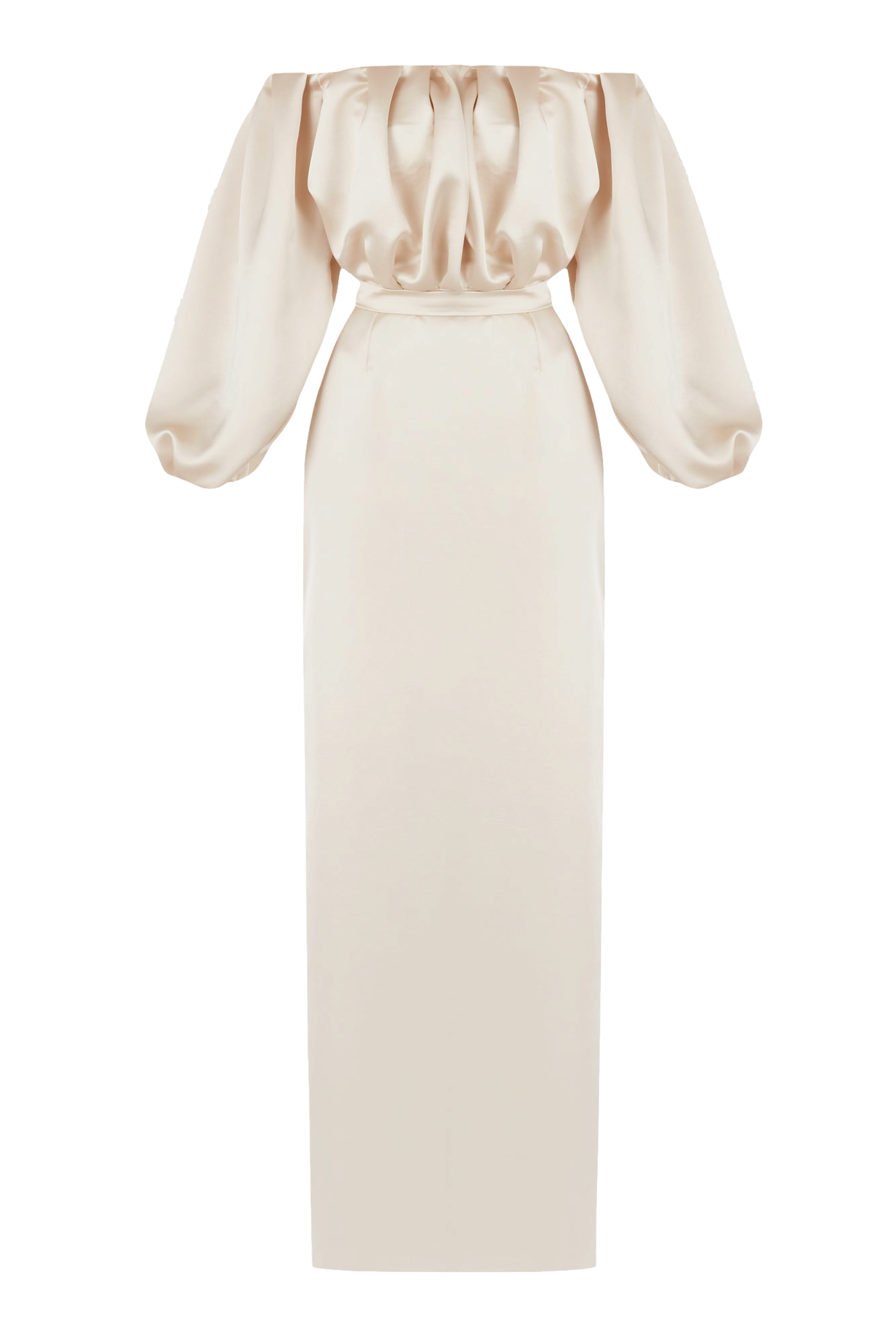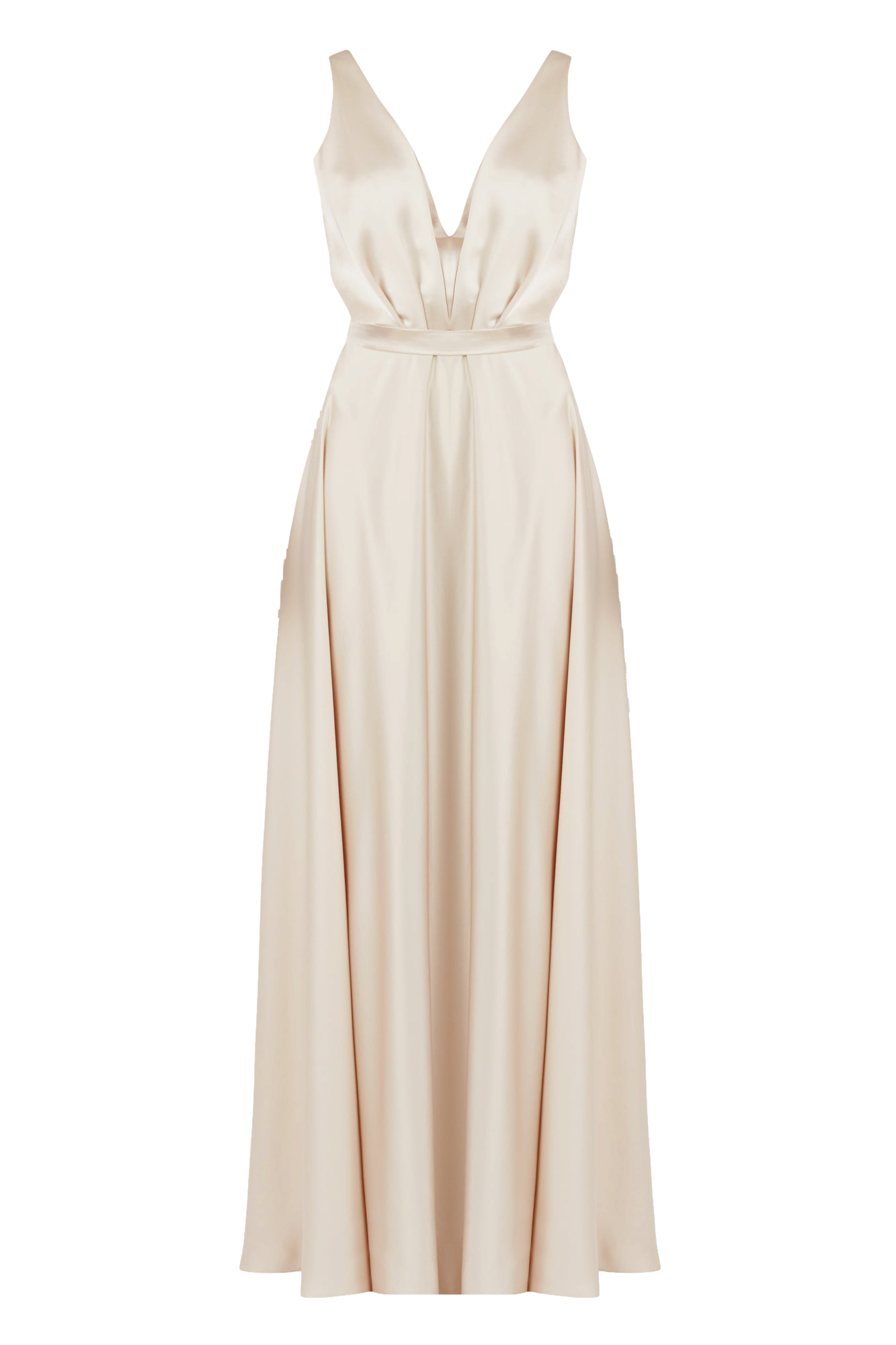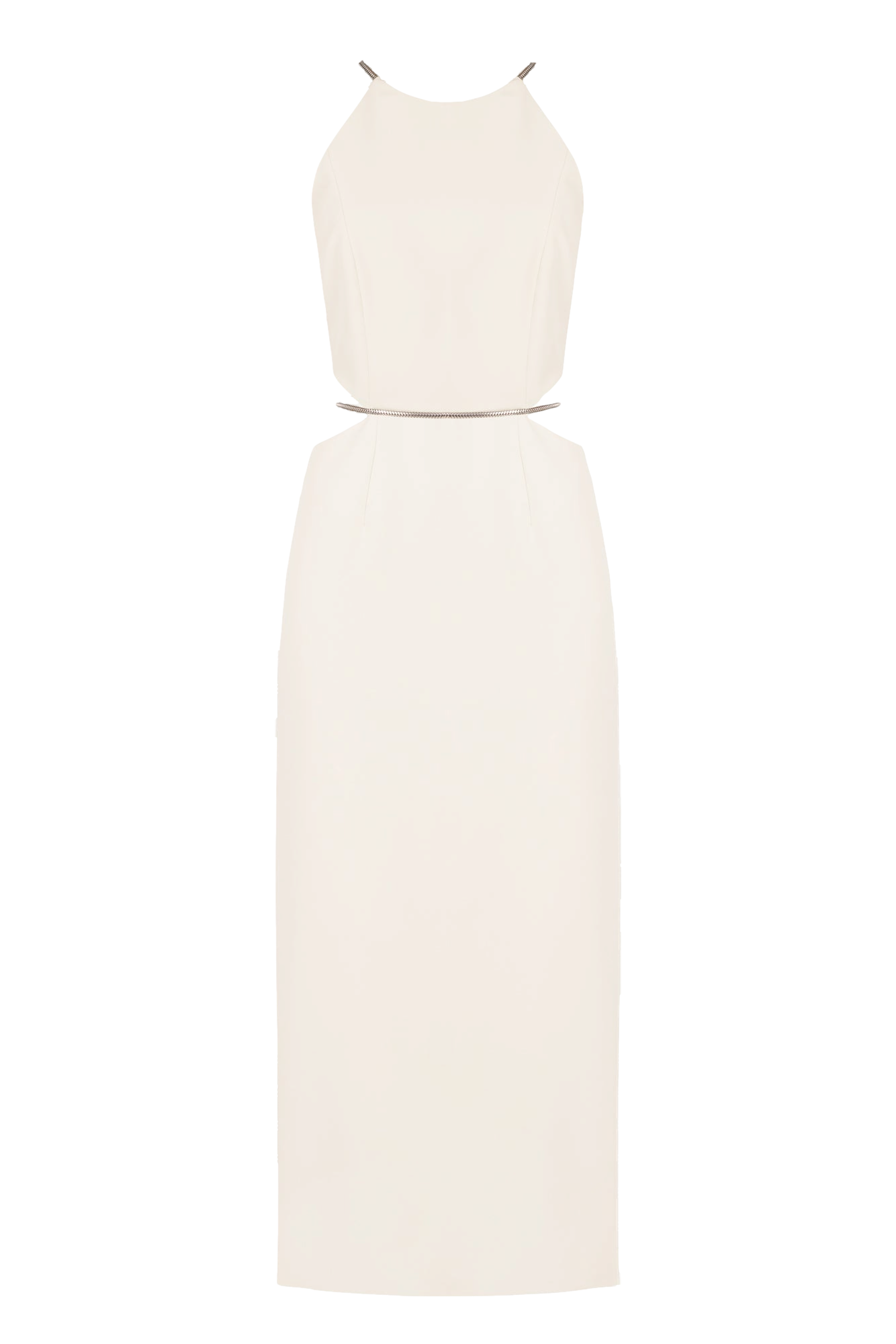Let’s dive into the world of undress image—something that has sparked debates, curiosity, and even controversy in recent years. From its definition to its implications, we’re about to explore everything you need to know about undress images. So, buckle up, because this ride is gonna be informative, thought-provoking, and maybe a little controversial. But hey, that’s life, right?
Undress image refers to any visual content where someone appears partially or fully unclothed. It could range from artistic nudes to intimate photos shared consensually—or not so consensually. In today's digital age, understanding what constitutes an undress image, how it’s used, and the ethical boundaries surrounding it is more important than ever.
This article isn’t just about definitions; it’s about empowering you with knowledge. Whether you’re an artist, a tech enthusiast, or someone who simply wants to navigate the internet safely, this guide will help you understand the nuances of undress images and why they matter in our increasingly interconnected world.
- Francesca Eastwoods Dating History Scandals Arrests More
- Saucy Santanas Net Worth The Shocking Truth Revealed
Here’s a quick roadmap to what we’ll cover:
- What is an Undress Image?
- The History of Undress Images
- Types of Undress Images
- Legal Issues Surrounding Undress Images
- Ethical Considerations
- The Impact on Social Media
- Privacy Concerns and How to Protect Yourself
- Undress Images in Artistic Expression
- Technological Advancements in Image Editing
- Conclusion: Navigating the Future of Undress Images
What is an Undress Image?
Okay, let’s break it down. An undress image is any photograph, artwork, or digital representation where a person is depicted without clothing—or at least partially clothed. These images can serve many purposes, from artistic expression to personal documentation. But here’s the kicker: the context matters. A lot.
In some cases, undress images are created consensually and shared privately between trusted individuals. In others, they might be used in professional settings like fashion photography or fine art. Unfortunately, though, undress images can also fall into the wrong hands, leading to exploitation, revenge porn, or other forms of digital abuse.
- Jacksons Honest Shark Tank Net Worth Success Story
- Tim Mcgraw Faith Hill Net Worth Love Legacy Exposed
Defining Consent in Undress Images
Consent is the golden rule when it comes to undress images. If someone creates or shares an image of themselves—or allows someone else to do so—it’s crucial that they fully understand the implications and agree to it willingly. Without consent, it’s a violation of trust and, in many cases, the law.
Here are a few key points about consent:
- Consent must be explicit and informed.
- It can be revoked at any time.
- Sharing undress images without consent is illegal in most jurisdictions.
The History of Undress Images
You might think undress images are a modern phenomenon, but they’ve actually been around for centuries. Think about ancient cave paintings, Renaissance nudes, or even early photography. People have always been fascinated by the human form—and undress images have played a significant role in art and culture.
However, the rise of digital technology has changed the game. With smartphones, social media, and AI-powered tools, creating and sharing undress images has never been easier—or riskier.
From Art to Technology
In the past, undress images were often limited to galleries, museums, or private collections. Today, they’re just a few clicks away on your phone. While this democratization of art and expression is amazing, it also comes with challenges. How do we balance creativity with responsibility? That’s the million-dollar question.
Types of Undress Images
Not all undress images are created equal. Here’s a breakdown of the different types you might encounter:
Artistic Nudes
Artistic nudes are often celebrated for their beauty and creativity. Think of famous paintings like Botticelli’s “The Birth of Venus” or contemporary photographers like Spencer Tunick. These images are crafted with intention and respect for the human form.
Private Photos
Private undress images are usually shared between consenting adults. They’re meant to stay private, but unfortunately, they can sometimes end up in public spaces without permission. This is where things get dicey.
Non-consensual Sharing
Revenge porn and non-consensual sharing of undress images are serious issues. It’s not just about privacy—it’s about power dynamics, abuse, and emotional harm. More on this later, but for now, just know that it’s a major problem that affects millions of people worldwide.
Legal Issues Surrounding Undress Images
When it comes to undress images, the law can be a bit tricky. Different countries have different regulations, but there are some common themes:
- Sharing undress images without consent is illegal in most places.
- Minors involved in undress images are protected under child exploitation laws.
- Platforms that host or distribute these images can also face legal consequences.
For example, in the United States, the Cyber Civil Rights Initiative has been working tirelessly to combat revenge porn. In the UK, the Criminal Justice and Courts Act 2015 specifically addresses the issue of non-consensual sharing of intimate images.
What Happens If You Break the Law?
If you’re caught sharing undress images without consent, you could face fines, imprisonment, or both. Plus, there’s the social stigma and potential damage to your reputation. It’s not worth it, folks. Respect people’s boundaries—it’s that simple.
Ethical Considerations
Beyond the legal stuff, there’s the ethical side of things. Even if something isn’t technically illegal, it doesn’t mean it’s okay. Here are a few ethical considerations to keep in mind:
- Respect others’ autonomy and privacy.
- Think twice before sharing any image, even if it seems harmless.
- Consider the potential consequences of your actions.
At the end of the day, it’s all about treating people with kindness and respect. If you wouldn’t want someone sharing an intimate photo of you without your permission, don’t do it to others.
The Impact on Social Media
Social media platforms have become hotbeds for undress images—both good and bad. On one hand, they’ve given artists and creators a platform to showcase their work. On the other hand, they’ve also facilitated the spread of non-consensual content.
How Platforms Are Responding
Major platforms like Instagram, Twitter, and TikTok have policies in place to combat the misuse of undress images. For example, Instagram prohibits non-consensual intimate imagery and allows users to report violations. But enforcement can be inconsistent, and bad actors often find ways to circumvent the rules.
That’s why it’s up to all of us to be responsible users. If you see something suspicious, report it. If someone asks you to take down an image, do it. Simple, right?
Privacy Concerns and How to Protect Yourself
Privacy is a big deal in the age of undress images. Here are a few tips to help you stay safe:
- Be cautious about what you share online.
- Use strong passwords and enable two-factor authentication.
- Know your rights and resources if your privacy is violated.
And if you’re worried about deepfakes or AI-generated images, there are tools and services that can help detect and combat them. Knowledge is power, folks.
Deepfakes: The New Frontier
Deepfake technology has made it possible to create hyper-realistic undress images of people who haven’t even consented to them. It’s a scary development, but awareness is the first step toward prevention. Stay informed, and advocate for stronger regulations around this technology.
Undress Images in Artistic Expression
Let’s not forget the positive side of undress images. In the hands of talented artists, they can be powerful tools for self-expression and social commentary. Think about photographers like Annie Leibovitz or painters like Gustav Klimt. Their work challenges norms and pushes boundaries in meaningful ways.
But even in the world of art, consent and respect are paramount. Artists have a responsibility to consider the impact of their work and ensure that their subjects feel safe and respected throughout the process.
How to Support Ethical Art
If you’re a fan of undress images in art, here’s how you can support ethical creators:
- Research the artist and their practices.
- Buy from reputable galleries or platforms.
- Engage in conversations about the ethical implications of art.
Technological Advancements in Image Editing
Technology has revolutionized the way we create and manipulate images. While this has opened up incredible possibilities for artists and creators, it’s also introduced new challenges. For example, AI-powered tools can now generate undress images that look startlingly real, even if the subject never consented to them.
So, what’s the solution? It’s a complex issue, but one thing is clear: we need better regulations and safeguards to protect people’s digital rights.
What’s on the Horizon?
As technology continues to evolve, so too will the ways we approach undress images. We might see stricter laws, more advanced detection tools, or even entirely new forms of digital art. Whatever happens, one thing is certain: the conversation around undress images isn’t going away anytime soon.
Conclusion: Navigating the Future of Undress Images
Alright, we’ve covered a lot of ground here. From definitions to legal issues, ethical considerations to technological advancements, undress images are a complex and multifaceted topic. Here’s a quick recap of the key takeaways:
- Undress images can serve many purposes, from art to personal expression.
- Consent is the cornerstone of ethical undress image creation and sharing.
- Legal protections exist to combat non-consensual sharing, but enforcement varies.
- Technology has both enabled and complicated the world of undress images.
So, what can you do? Educate yourself, respect others’ boundaries, and advocate for a safer, more ethical digital world. And if you’ve enjoyed this article, don’t forget to share it with your friends. Together, we can make a difference.
Got any thoughts or questions? Drop a comment below—I’d love to hear from you. And hey, if you’re looking for more insights into the digital world, stick around. There’s always more to explore.


